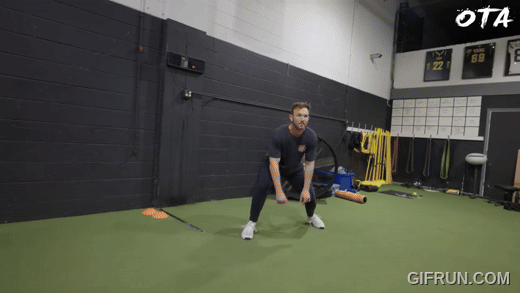5 Key Areas Every Elite Athlete’s Strength and Conditioning Program Must Focus On
In the world of elite athletes, every training session counts. To truly reach the highest level of performance, athletes must follow a comprehensive strength and conditioning program that targets specific areas crucial for success. These areas aren’t just about building muscle or improving endurance; they are about creating a system that maximizes speed, power, strength, and recovery while minimizing the risk of injury. A successful program is personalized, progressive, and well-rounded.
Here are 5 key areas every elite athlete’s strength and conditioning program must focus on:
1. Sport-Specific Speed and Agility
Speed and agility are foundational to success in nearly every sport, whether you’re sprinting down a track, cutting through defenders on the field, or darting around cones during a game. The best athletes know how to accelerate quickly, decelerate, and change direction rapidly with control. These abilities need to be cultivated through highly specific drills that mirror the movements required in competition.
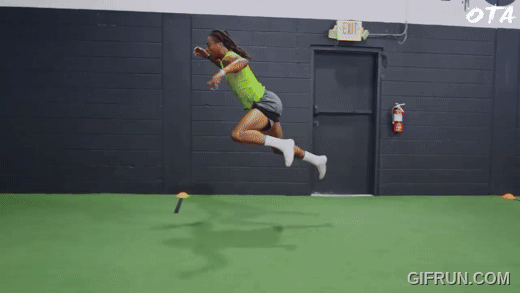
Tailored Drills for Each Sport
Every sport demands unique movement patterns, so it’s critical to design speed and agility drills that fit those needs. For example, a football wide receiver needs to perfect his acceleration and change-of-direction skills, whereas a basketball player must focus on explosive sprints, quick stops, and lateral movement. Sprint drills, cone drills, and ladder drills are excellent ways to work on acceleration and deceleration, but incorporating sport-specific tasks like cutting at high speed, reacting to an opponent, or accelerating after a sudden stop is essential.
Advanced Proprioceptive and Reaction Drills
Proprioception, or the body’s ability to sense its position and movement in space, is crucial for an elite athlete. Proprioceptive exercises—such as jumping and landing drills on unstable surfaces or reaction-based exercises that require quick decision-making—are an excellent way to build the neuromuscular coordination necessary for success.
Managing Volume and Recovery
To prevent overtraining and Central Nervous System (CNS) fatigue, it’s important to regulate the volume and frequency of speed and agility drills. High-intensity sprinting and agility work can be very taxing on the nervous system, so recovery time is vital. Scheduling proper rest between these sessions ensures that the body can recover and continue performing at a high level.
2. Plyometrics for Explosive Power
Plyometrics, or jump training, is one of the most effective methods for developing explosive power and rate of force development (RFD). These exercises train the body to produce maximum force in the shortest time possible, which is essential for sports that require quick starts, powerful jumps, or fast changes in direction.
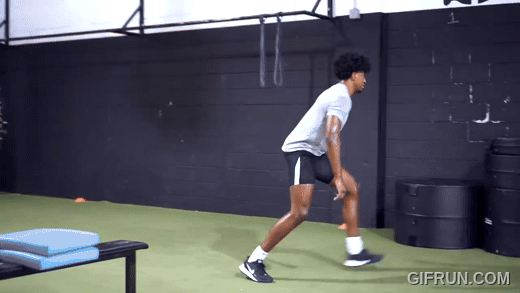
High-Level Plyometric Drills
Exercises such as depth jumps, box jumps, and single-leg bounding help develop the fast-twitch muscle fibers needed for explosive movements. By utilizing the stretch-shortening cycle—where muscles are rapidly lengthened before being shortened (such as during a jump)—athletes develop the ability to generate quick, powerful movements, whether it’s pushing off the ground for a vertical jump or sprinting off the line.
Gradual Progression
When introducing plyometrics into a program, it’s crucial to start with lower-intensity drills and gradually progress to more challenging movements. This can help avoid overloading the muscles and connective tissues, which are more vulnerable to injury with explosive movements. By building intensity over time, athletes can increase their explosive capacity while minimizing the risk of strain or injury.
Adequate Recovery Between Sessions
Plyometrics are intense and place significant stress on the joints and muscles, which means recovery is paramount. High-intensity plyometric sessions should be spaced out to ensure full recovery between workouts. This allows the athlete to train at their highest capacity in each session, minimizing the risk of overuse injuries and ensuring sustained progress over time.
3. Strength Training (Upper and Lower Body)
Strength is the bedrock of an elite athlete’s performance. Whether you’re sprinting, lifting, jumping, or changing direction, strength is at the core of every athletic movement. Focusing on both upper and lower body strength is key to developing overall athleticism.
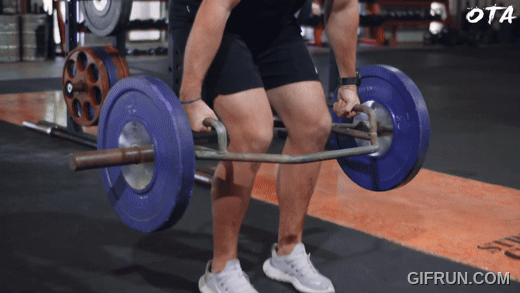
Multi-Joint Movements for Maximal Strength
The most effective strength exercises are those that involve multiple joints and muscle groups. Movements like squats, deadlifts, and Olympic lifts such as the clean and jerk or snatch are essential for developing strength and power. These compound exercises recruit a variety of muscles, ensuring overall strength development, muscle coordination, and stability.
Periodized Programs for Strength and Power
A periodized strength program allows athletes to peak at the right time during their season. The training plan should include phases focused on strength, hypertrophy (muscle growth), and power (speed-strength). Each phase should target different goals—strength work with low reps and high weights, hypertrophy with moderate reps and volume, and power work with lighter weights and explosive speed.
Periodization helps prevent plateaus and ensures athletes aren’t training the same way year-round. A well-structured plan also reduces the risk of overtraining, keeping athletes fresh and ready for competition.
4. Core Stability and Power
The core is the central link between the upper and lower body, playing a vital role in transferring energy and maintaining posture during athletic movements. An elite athlete’s performance relies on strong, stable core muscles, as they ensure power is efficiently transferred between the upper and lower body during explosive movements.
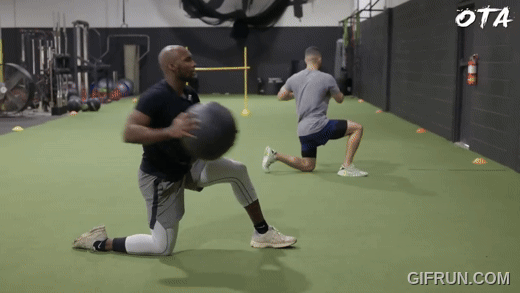
Focus on Anti-Rotation, Anti-Flexion, and Anti-Extension
Core training should go beyond traditional crunches. It’s crucial to engage the body’s ability to resist movements that could destabilize the torso, such as rotation or excessive bending. Exercises like the pallof press, planks, and bird dogs strengthen these anti-movement mechanisms, enhancing posture, stability, and force transmission.
Rotational Power and Sport-Specific Needs
Many sports involve rotational movements, so incorporating exercises that train the core to rotate powerfully is vital. Movements like medicine ball throws, woodchops, and cable rotations mimic sport-specific actions, improving an athlete’s ability to generate power during twisting or turning motions.
Instability Tools for Added Challenge
Incorporating tools like stability balls, BOSU balls, and TRX bands can increase the challenge of core exercises, activating stabilizing muscles and improving neuromuscular control. These exercises also help prevent injury by addressing weaknesses and imbalances in the trunk.
5. Recovery and Mobility
Even the most well-designed strength and conditioning program can fail if recovery and mobility are neglected. Proper recovery strategies ensure that athletes can perform at their highest level day in and day out while reducing the risk of injury. A well-rounded recovery plan goes beyond rest; it involves active recovery, stretching, and mobility work.

Active Recovery and Mobility Drills
Active recovery activities, such as light jogging, cycling, or swimming, can help flush out metabolic waste products from the muscles and promote circulation. After intense training sessions, mobility drills targeting specific areas of stiffness—like hips, shoulders, and ankles—are essential to maintain optimal range of motion. Incorporating dynamic stretching before workouts and static stretching afterward promotes flexibility and reduces muscle tightness.
Foam Rolling and Soft Tissue Work
Foam rolling or self-myofascial release is an effective technique for loosening tight muscles, improving tissue quality, and preventing muscle imbalances. Including regular foam rolling sessions can improve recovery time and reduce soreness.
Deloading and Proper Nutrition
Incorporating deload periods—where the training volume or intensity is reduced—into a program allows the body to fully recover and adapt to the stresses of training. Proper sleep, nutrition, and hydration are critical for maximizing recovery and ensuring the athlete’s body can repair and rebuild after hard training sessions.
Final Thoughts
An elite athlete’s strength and conditioning program must be more than just a set of exercises; it needs to be a well-designed system that addresses speed, strength, power, stability, and recovery. By focusing on sport-specific speed/agility, plyometrics, strength training, core stability, and recovery, athletes can optimize their performance, reduce the risk of injury, and ensure they peak when it matters most.
Remember, every athlete is unique, and their training program should be tailored to their specific sport, goals, and needs. With a balanced approach and careful attention to each of these five areas, athletes can take their performance to the next level and achieve sustained success at the highest level!
